Conclave Explained: The Process Of Electing The Next Pope
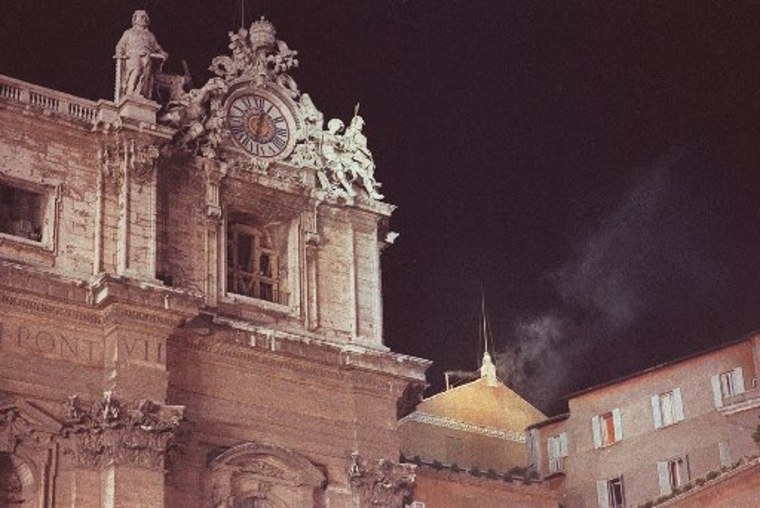
Table of Contents
The Prerequisites to the Conclave
The death or resignation of a Pope initiates a period known as Sede Vacante (vacant See). This interim period is significant because it marks the beginning of the process leading to the papal election. During the Sede Vacante, the governance of the Church falls temporarily under the authority of the College of Cardinals, a group of high-ranking clergy appointed by the Pope.
The College of Cardinals plays a crucial role in the Conclave. It is composed of Cardinal electors, who are eligible to participate in the papal election.
-
Cardinal electors: These are Cardinals under the age of 80, appointed by the Pope throughout his papacy. Their number is determined by the Pope and the Apostolic Constitution Universi Dominici Gregis, which provides the procedural rules for the Conclave. The electors represent diverse geographical regions and theological perspectives within the Church.
-
The Cardinal Camerlengo: This important role is held by a Cardinal who acts as a sort of interim administrator during the Sede Vacante. The Camerlengo manages the temporal affairs of the Holy See, overseeing the Vatican's finances and administration until the election of a new Pope.
The preparations leading up to the Conclave are meticulous. The cardinals are summoned to Rome, and various logistical and security arrangements are made to ensure a smooth and secure process. The entire process is designed to foster reflection, prayer, and a focus on electing a worthy successor to the Papacy.
The Seclusion and the Process of Voting
The Conclave begins with the clausura, or seclusion, of the Cardinal electors within the Sistine Chapel. This strict seclusion is crucial for maintaining secrecy and preventing outside influence on the voting process. Contact with the outside world is severely limited, ensuring the cardinals can deliberate freely and prayerfully.
The voting process is a series of scrutinies (voting rounds):
- Preparation of the ballots: Special ballots are prepared, featuring the name of the candidate written on them.
- The scrutinies: In each scrutiny, the cardinals cast their votes secretly. A two-thirds majority is required to elect a Pope. If no candidate receives this majority in the first round, subsequent rounds continue until a Pope is elected.
- The role of the scrutineers: These cardinals act as tellers, counting the votes and ensuring the secrecy of the ballot. Their duties are crucial to maintaining the integrity of the electoral process.
The iconic fumata (smoke signal) from the Sistine Chapel chimney serves as a symbolic indicator of the voting results. Black smoke signals that no Pope has been elected, while white smoke announces the election of a new Pope. The smoke signal, a centuries-old tradition, creates a palpable sense of anticipation globally.
Addressing Potential Challenges and Impasses
In some instances, reaching a two-thirds majority can prove challenging. If, after several rounds of voting, no candidate achieves the required majority, procedures are in place to guide the cardinals towards consensus. These processes might involve more prayer, deliberation, and discussions among the cardinals to foster a spirit of unity and compromise.
Potential controversies or disagreements among the cardinals can significantly impact the Conclave process. Differing theological viewpoints, cultural backgrounds, or political considerations can create complexities in reaching a unified decision. The process necessitates a balance between upholding tradition and adapting to the contemporary needs of the Church.
Historically, some Conclaves have been protracted affairs, lasting several weeks or even months. These instances highlight the importance of careful deliberation and the need for consensus in selecting a leader for the global Catholic Church. The length of a Conclave underscores the weight and significance of the decision.
The Election of the New Pope
The moment a candidate receives the necessary two-thirds majority marks a pivotal point in the Conclave. The result is immediately verified by the scrutineers and the senior Cardinal Deacon formally asks the newly elected Pope if he accepts the election.
The announcement of "Habemus Papam!" ("We have a Pope!") is then made from the balcony of St. Peter's Basilica, triggering global celebrations and marking the commencement of a new papacy. This moment signals a new era for the Catholic Church.
Following the election, various procedures are carried out, including the Pope’s first public appearance, the formal installation ceremony, and the choosing of his papal name. The newly elected Pope then assumes his role as the head of the Catholic Church and the Bishop of Rome.
Conclusion
The Conclave, a centuries-old tradition, remains a critical and fascinating process for selecting the head of the Catholic Church. Understanding the steps involved, from the preparatory stages to the final announcement, provides insight into the complexities of this unique election. From the Sede Vacante period to the final "Habemus Papam!", each stage holds significance and underscores the importance of maintaining tradition while adapting to modern contexts. Learning about the intricacies of the Conclave allows for a deeper appreciation of the weight of this crucial event in Catholic history. To further your understanding of this significant event, research the history of different Conclaves and explore the roles of key figures involved in the election of the next Pope. Gain a richer understanding of the Conclave by delving deeper into its fascinating history and procedures.

Featured Posts
-
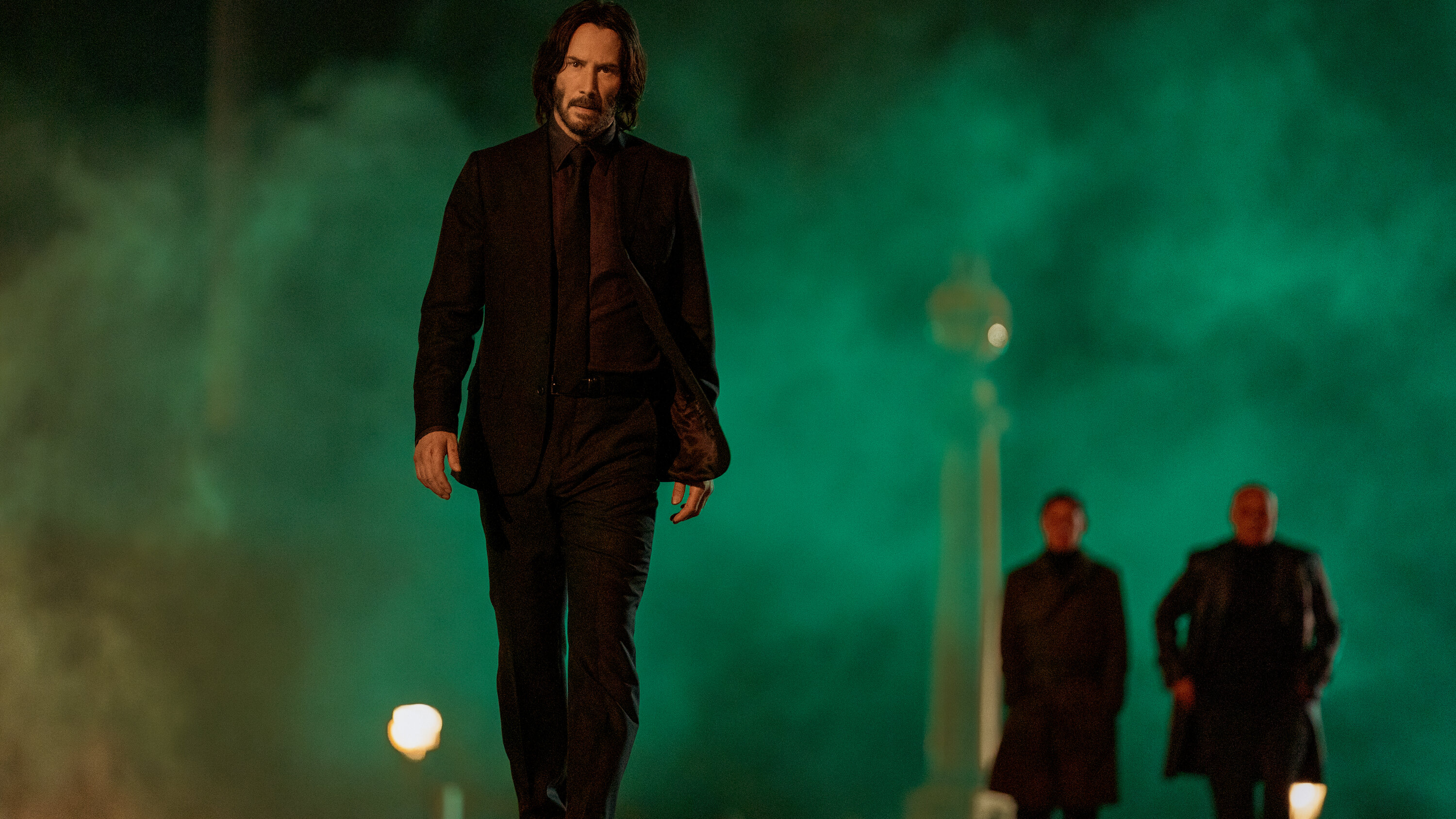 John Wick 5 Can John Wick Really Return From The Dead
May 07, 2025
John Wick 5 Can John Wick Really Return From The Dead
May 07, 2025 -
 Understanding The Wnba Draft Lottery And Order
May 07, 2025
Understanding The Wnba Draft Lottery And Order
May 07, 2025 -
 The White Lotus Season 3 Debunking The Ke Huy Quan Kenny Cameo Rumors
May 07, 2025
The White Lotus Season 3 Debunking The Ke Huy Quan Kenny Cameo Rumors
May 07, 2025 -
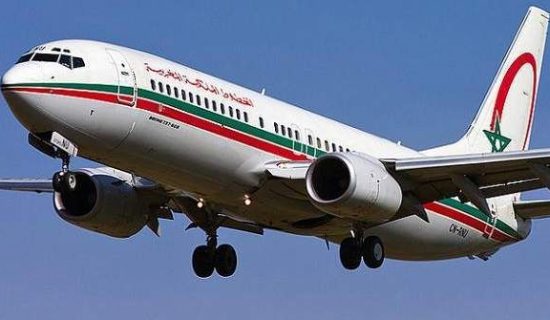 Alkhtwt Almlkyt Almghrbyt Tkhtt Lzyadt Edd Rhlatha Ila Saw Bawlw
May 07, 2025
Alkhtwt Almlkyt Almghrbyt Tkhtt Lzyadt Edd Rhlatha Ila Saw Bawlw
May 07, 2025 -
 Simone Biles Independent Luxury Purchase Jonathan Owens Role And Fan Reaction
May 07, 2025
Simone Biles Independent Luxury Purchase Jonathan Owens Role And Fan Reaction
May 07, 2025
Latest Posts
-
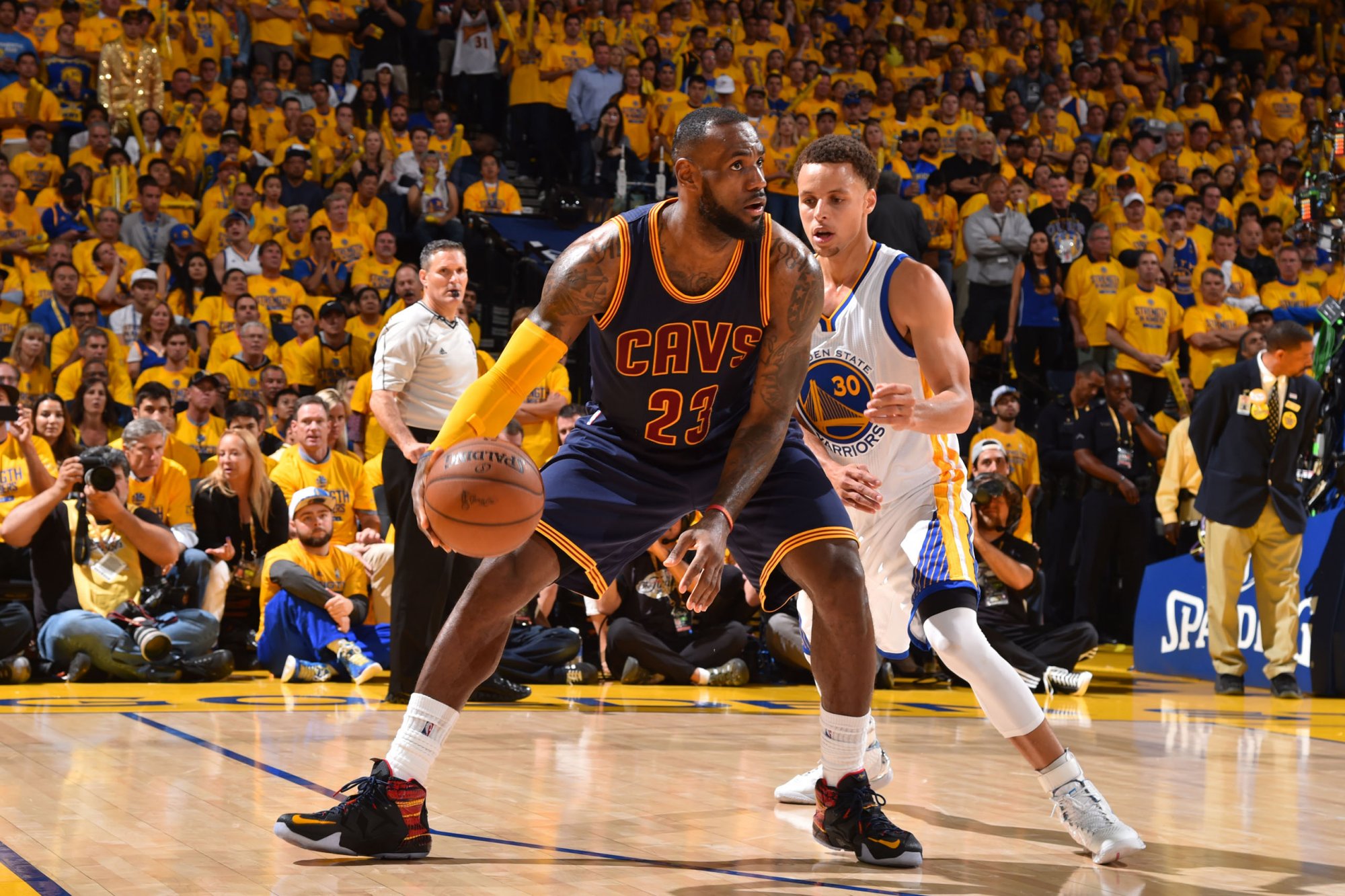 Los Angeles Angels Baseball Where To Watch Without A Cable Subscription In 2025
May 08, 2025
Los Angeles Angels Baseball Where To Watch Without A Cable Subscription In 2025
May 08, 2025 -
 Cord Cutting Guide Streaming Los Angeles Angels Baseball Games In 2025
May 08, 2025
Cord Cutting Guide Streaming Los Angeles Angels Baseball Games In 2025
May 08, 2025 -
 Watch Los Angeles Angels Games Online A Cable Free Guide For 2025
May 08, 2025
Watch Los Angeles Angels Games Online A Cable Free Guide For 2025
May 08, 2025 -
 How To Stream Los Angeles Angels Baseball Games Without Cable Tv In 2025
May 08, 2025
How To Stream Los Angeles Angels Baseball Games Without Cable Tv In 2025
May 08, 2025 -
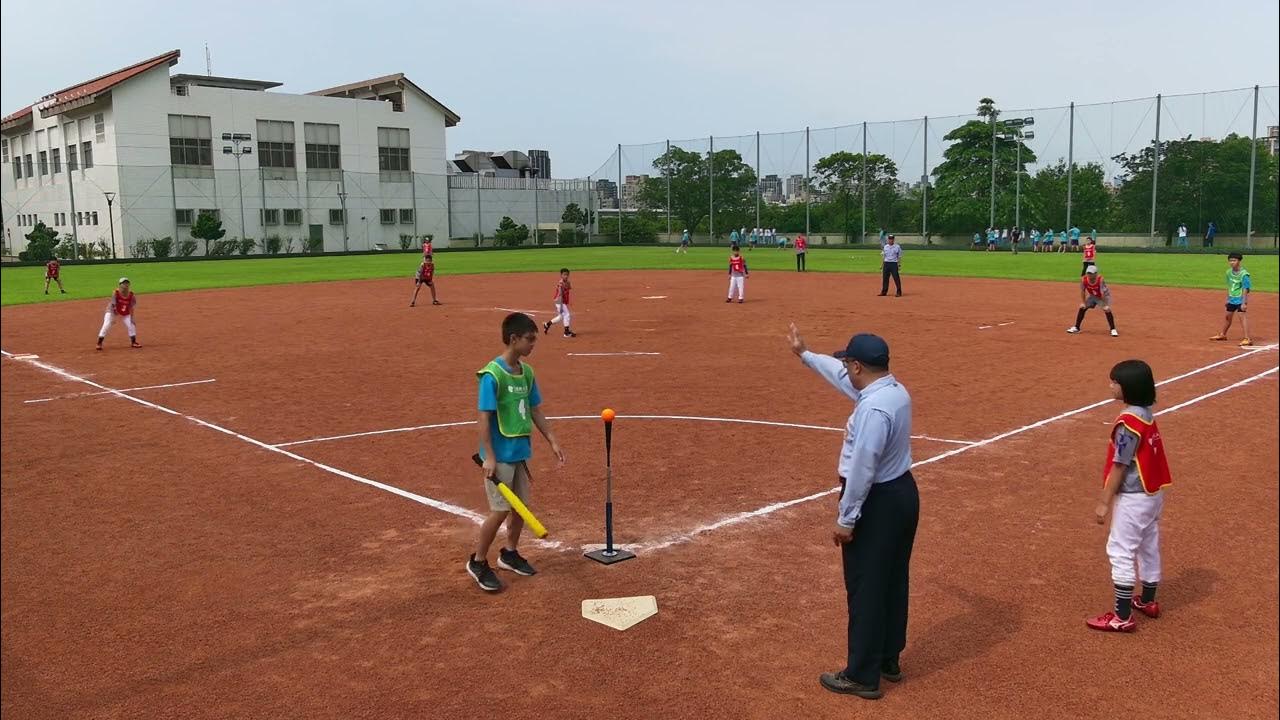 113
May 08, 2025
113
May 08, 2025
